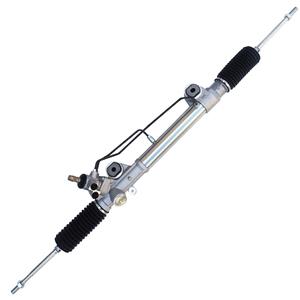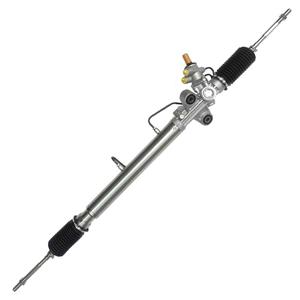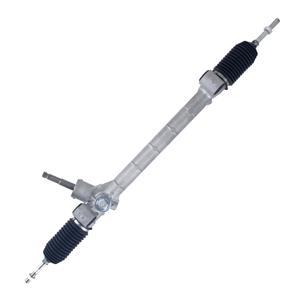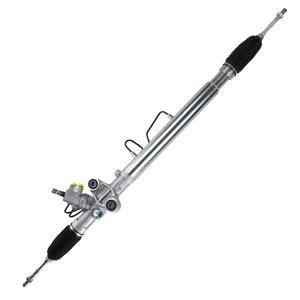-
The driver needs to exert more force when steering, which is especially dangerous for inexperienced drivers. In an emergency, the lack of steering power may cause the vehicle to fail to avoid obstacles in time or make correct steering operations, causing accidents.
-
Open the owner's manual and find the vehicle specifications or technical parameters section. Generally, the type of power steering system will be listed here. If the manual specifically mentions "hydraulic power steering system" or "electronic power steering system", then you can determine the vehicle's equipment.
-
Cadillac first introduced power steering in its production cars in 1952. At that time, power steering technology had been relatively mature, especially after Chrysler launched the first mass-produced car equipped with a hydraulic power steering system in 1951
-
Hydraulic power steering systems require oil because hydraulic oil is the primary medium of energy transfer. In this system, the pressure generated by the hydraulic pump needs to be transmitted through hydraulic oil.
-
Specifically, Honda first equipped its North American version of the Honda Accord with a hydraulic power steering system as standard in 1982, which was the time node when Honda first adopted power steering technology on a large scale.
-
Reasons for noise in the hydraulic power steering system: 1. Insufficient hydraulic oil or oil mixed with air 2. Power steering pump failure 3. Steering rack failure 4. Poor quality or deterioration of hydraulic oil 5. Loose pipes or joints 6. Excessive pressure caused by the steering wheel hitting the bottom
-
Common faults of hydraulic power steering are: 1. Hydraulic oil leakage 2. Hydraulic pump failure 3. Steering power reduction or loss 4. Steering wheel vibration or abnormal noise 5. Steering wheel automatic return failure 6. Steering failure or loss of control
-
0310-2024
When did BMW introduce power steering?
BMW's first model equipped with a power steering system was the BMW E3 launched in 1968, also known as the "BMW New Six" series. The E3 series is a model launched by BMW to enter the high-end luxury sedan market, aiming to compete with luxury cars such as the Mercedes-Benz S-Class.
-
In general, the service life of the hydraulic power steering rack is between 120,000 and 150,000 kilometers. However, this value is not absolute, because different use conditions will have different effects on its life.
-
From the late 1950s to the 1960s, more and more American automakers began to equip their models with power steering systems. During this period, power steering gradually evolved from an optional configuration for luxury models to a standard configuration for mid-to-high-end models.




